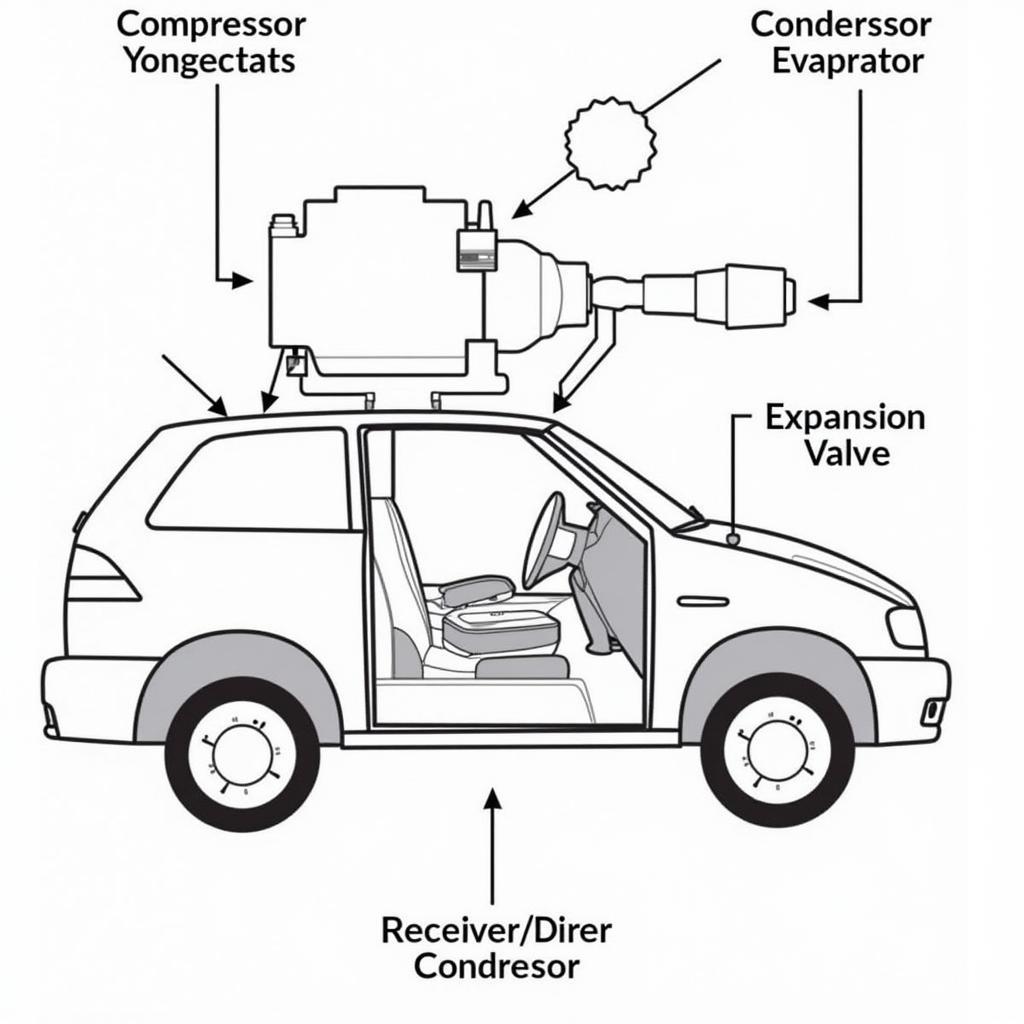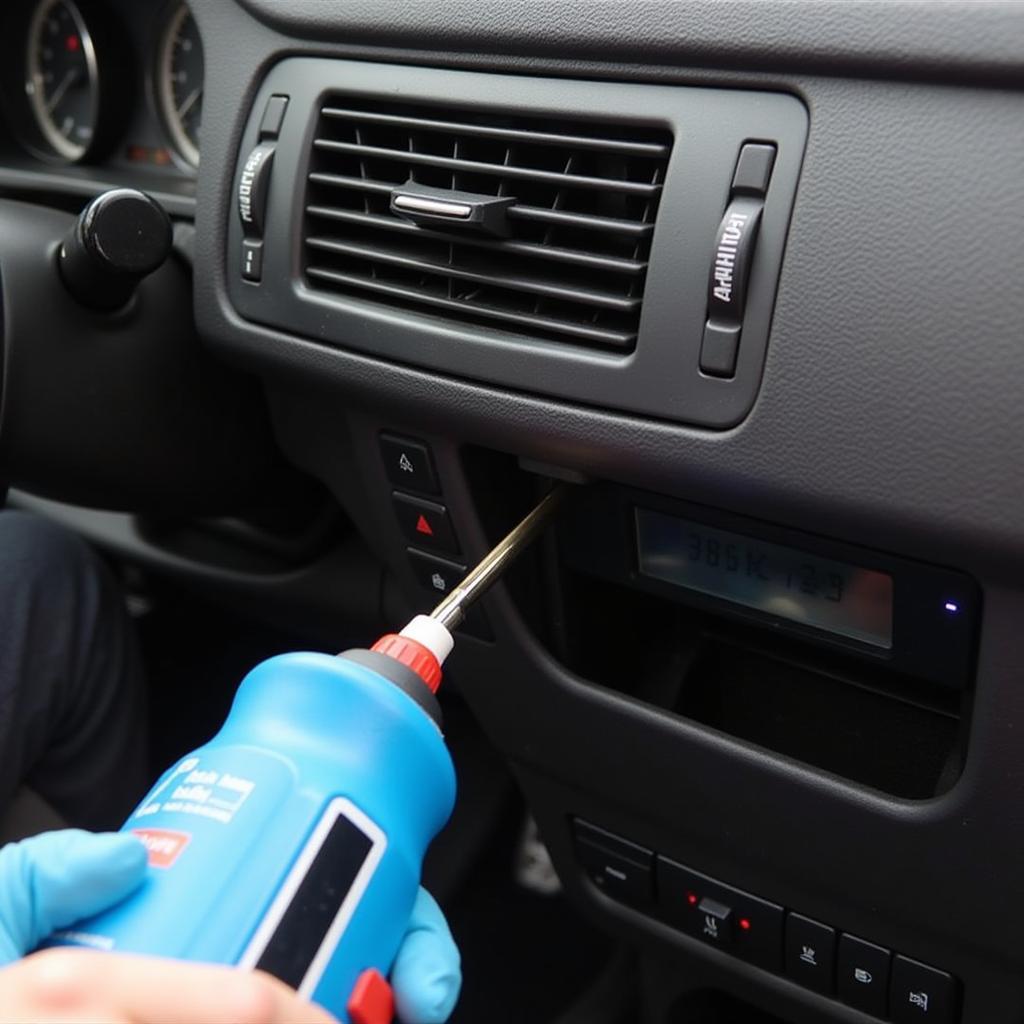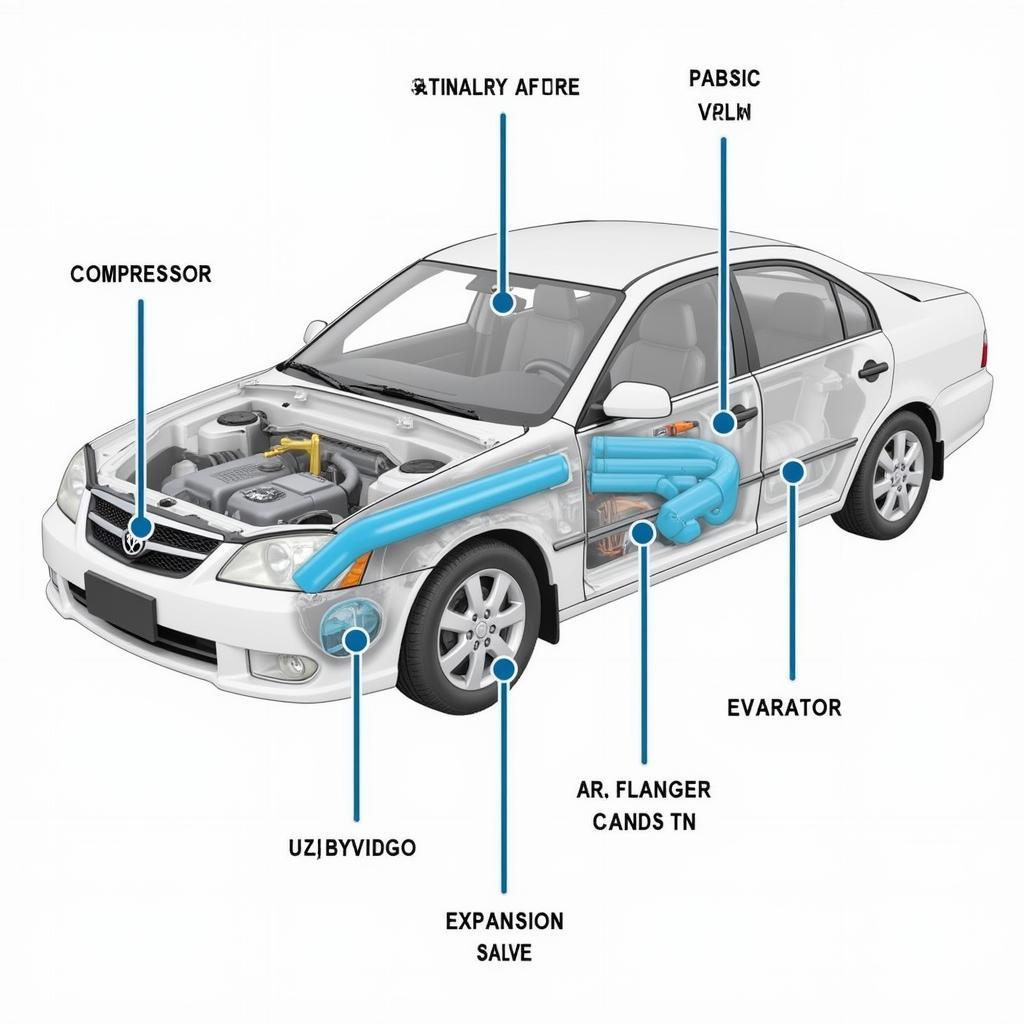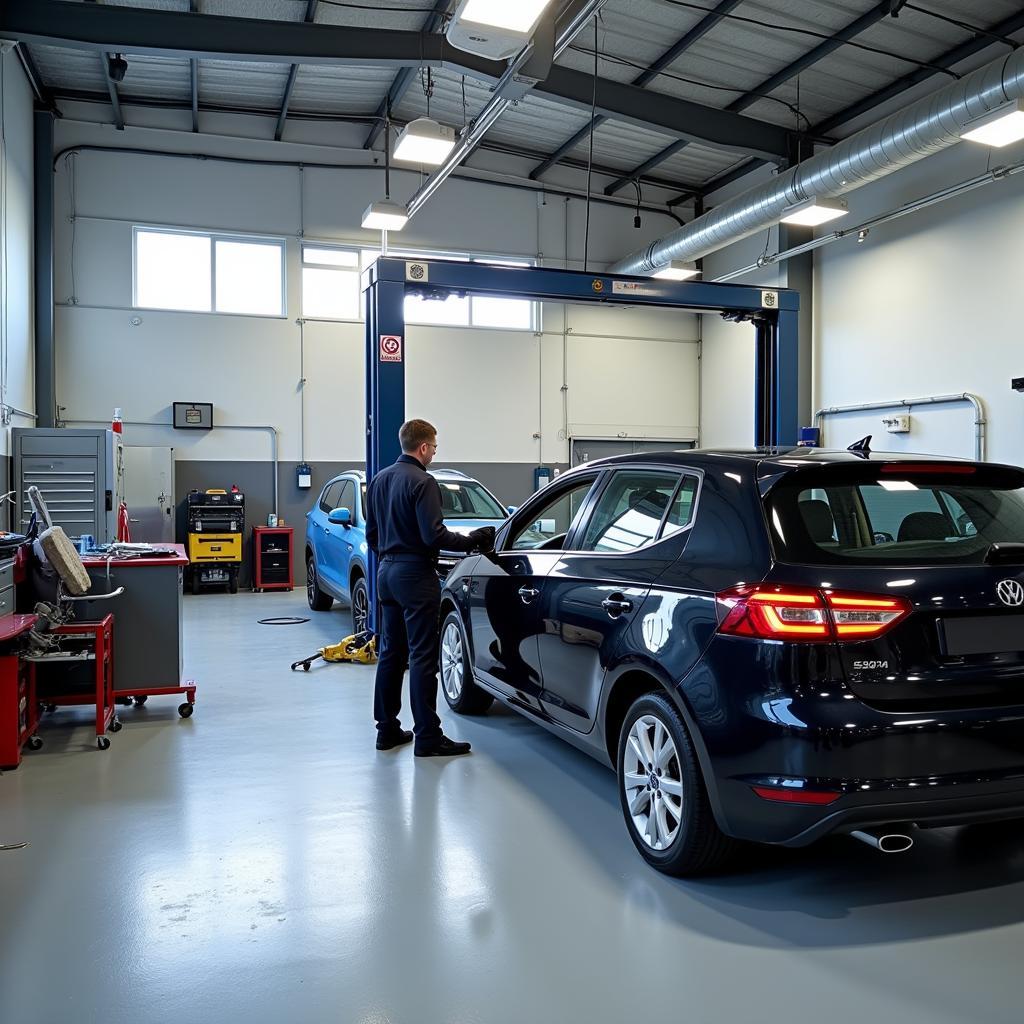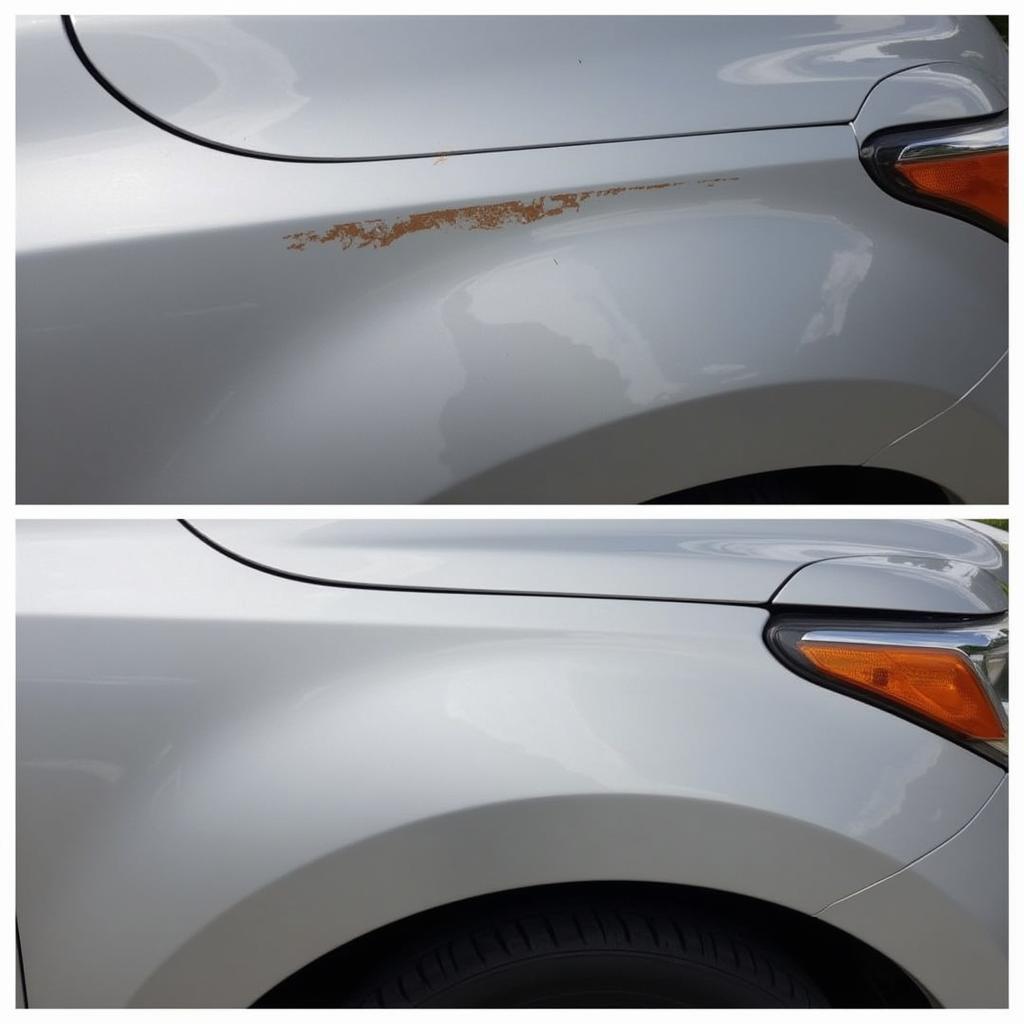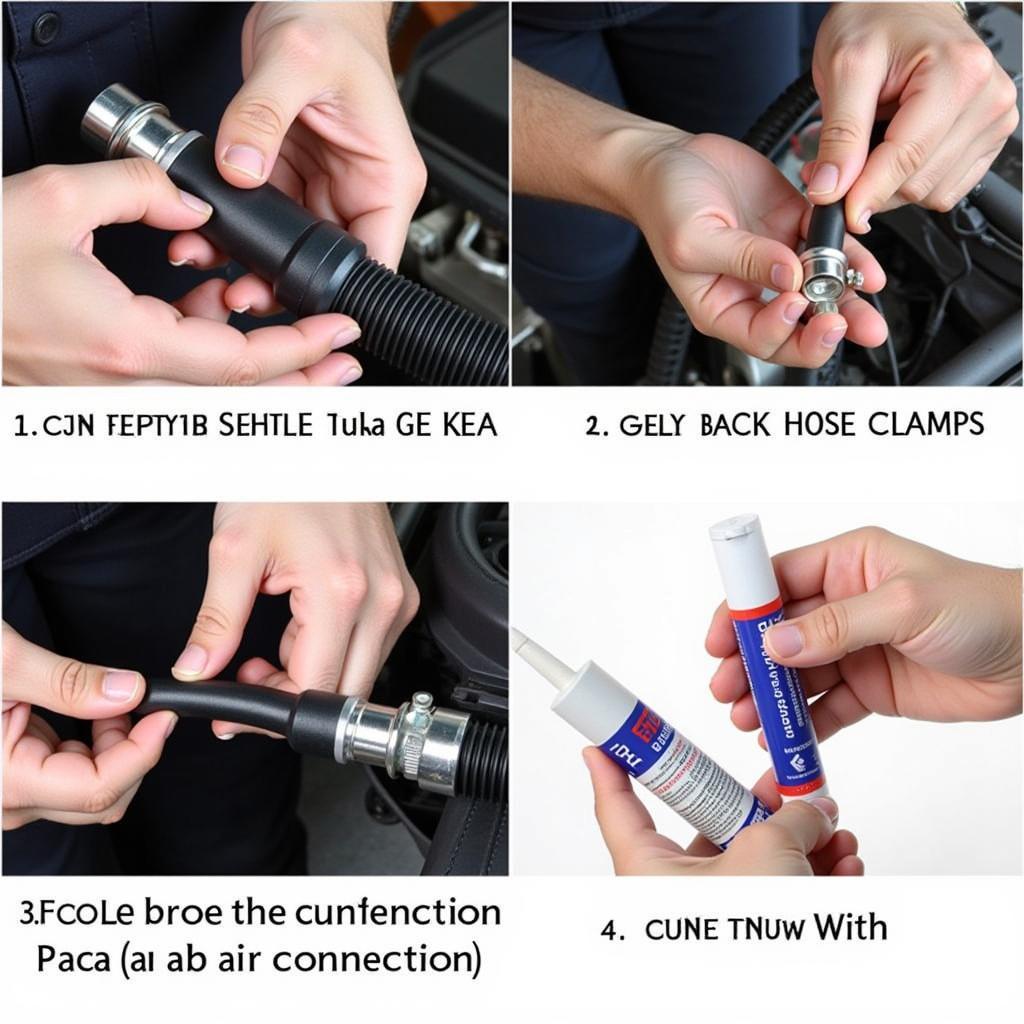
Installing a Car Air Conditioning Hose Repair Kit
Car Air Conditioning Hose Repair Kits are essential for maintaining a comfortable driving experience, especially during hot weather. This guide will delve into everything you need to know about these kits, from choosing the right one to installing it correctly. We’ll cover common problems, troubleshooting tips, and even preventive maintenance. Learn how to keep your car’s AC running smoothly and efficiently with car air conditioning hose repair kits.
A properly functioning AC system is crucial for comfort and safety, especially in extreme temperatures. Leaking or damaged hoses can lead to a loss of refrigerant, reducing cooling efficiency and potentially harming the environment. Car air conditioning hose repair kits provide a cost-effective solution to fix these issues without requiring a complete system overhaul. They offer a DIY approach for those mechanically inclined, saving money on professional repairs. Selecting the right kit, however, requires understanding the types of hoses, common problems, and the repair process. For reliable car AC repairs in Crewe, consider visiting car air conditioning repairs in crewe.
Understanding Car AC Hoses and Their Components
Your car’s AC system comprises various components, including the compressor, condenser, evaporator, and connecting hoses. These hoses, typically made of rubber or aluminum, carry the refrigerant that cools the air. Understanding the different types of hoses is crucial for choosing the correct car air conditioning hose repair kits.
Types of AC Hoses
There are two main types of AC hoses: high-pressure and low-pressure hoses. High-pressure hoses carry refrigerant from the compressor to the condenser, while low-pressure hoses carry refrigerant from the evaporator back to the compressor. Each type has a specific design and pressure rating, so choosing the right one is crucial.
Common Problems with AC Hoses
AC hoses are susceptible to wear and tear, often leading to leaks and reduced cooling performance. Identifying these problems early can prevent more extensive damage.
Leaks
Leaks are the most common issue with AC hoses. They can occur due to age, wear, or damage from road debris. Signs of a leak include a hissing sound, reduced cooling, and oily residue around the hoses.
Cracks and Damage
Exposure to heat, cold, and chemicals can cause cracks and damage to the hoses. Regular inspection is essential to catch these issues before they lead to leaks.
Choosing the Right Car Air Conditioning Hose Repair Kits
Selecting the right repair kit depends on the type of hose and the extent of the damage. Consider the following factors when making your choice.
Hose Material
Kits are available for both rubber and aluminum hoses. Ensure compatibility with your car’s AC system.
Kit Contents
A good kit should include everything you need for a successful repair, such as hose clamps, sealant, and instructions.
Quality and Durability
Opt for high-quality kits from reputable manufacturers to ensure a long-lasting repair. If you need professional car air conditioning repair services, check out car air conditioning repair service.
How to Repair AC Hoses with a Repair Kit
Repairing AC hoses with a kit can be a DIY project, but it requires careful attention to detail. Follow these steps for a successful repair.
Preparing for the Repair
Gather all necessary tools and materials, including the car air conditioning hose repair kits, gloves, and safety glasses. Disconnect the battery and locate the damaged hose.
Removing the Damaged Hose
Carefully remove the damaged section of the hose, ensuring no debris enters the system. Clean the remaining hose ends thoroughly.
 Installing a Car Air Conditioning Hose Repair Kit
Installing a Car Air Conditioning Hose Repair Kit
Installing the Repair Kit
Follow the kit instructions carefully to install the new hose section or repair the existing one. Ensure a tight and secure connection.
Testing the Repair
Reconnect the battery and recharge the AC system. Check for leaks and ensure the system is functioning correctly. Need car AC repairs in Manchester? Visit car air conditioning repairs manchester.
Preventing Future AC Hose Problems
Regular maintenance can extend the life of your AC hoses and prevent costly repairs.
Regular Inspections
Inspect the hoses for signs of wear and tear during routine maintenance checks.
Cleaning
Keep the hoses clean and free of debris to prevent corrosion and damage. Need car air conditioning repair in Eccles? Check out car air conditioning repair eccles.
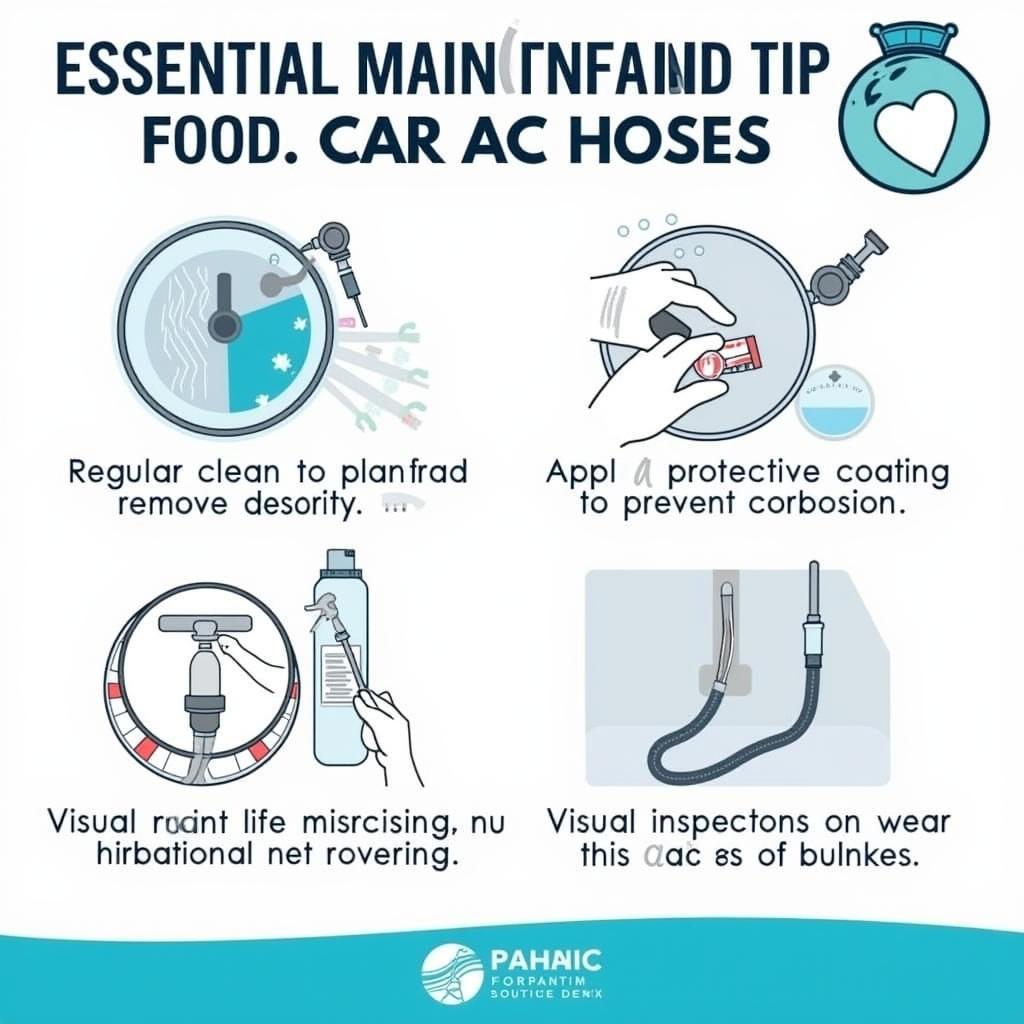 Car AC Hose Maintenance Tips
Car AC Hose Maintenance Tips
Conclusion
Car air conditioning hose repair kits offer a cost-effective way to maintain a comfortable driving environment. By understanding the types of hoses, common problems, and the repair process, you can keep your car’s AC running smoothly. Regular maintenance and inspection can prevent future issues and extend the life of your AC system. Remember to choose high-quality car air conditioning hose repair kits and follow the instructions carefully for optimal results. Need repairs in Leamington Spa? Visit our page on car air conditioning repair leamington spa.
FAQ
- How often should I inspect my AC hoses? Inspect them at least twice a year, preferably during spring and fall.
- Can I repair any type of hose damage with a repair kit? Minor leaks and cracks can be repaired, but severe damage may require hose replacement.
- What are the signs of a leaking AC hose? Hissing sounds, reduced cooling, and oily residue near the hoses are common signs.
- How long does a hose repair typically last? A properly executed repair can last several years.
- Are all car air conditioning hose repair kits the same? No, kits vary in quality and contents. Choose a reputable brand and ensure compatibility with your car’s system.
- What tools do I need for a hose repair? Basic tools like screwdrivers, pliers, and safety glasses are usually sufficient.
- Is it necessary to recharge the AC system after a hose repair? Yes, recharging is necessary to replace lost refrigerant.
Need help with your car’s AC? Contact us via WhatsApp: +1(641)206-8880, Email: [email protected]. We have a 24/7 customer support team.

